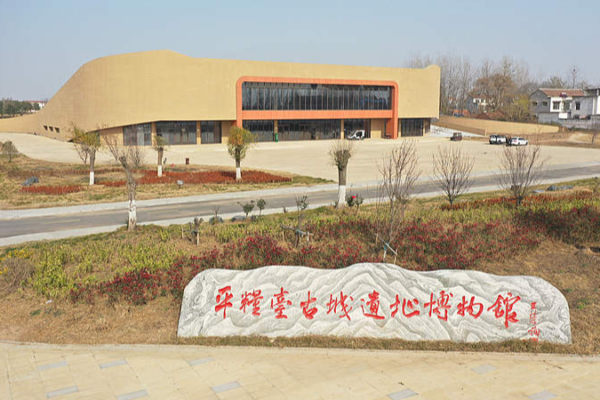
Ancient Chinese City Reveals 4,000-Year-Old Water Management Secrets
Archaeologists uncover a 4,000-year-old advanced drainage system at China’s Pingliangtai site, shedding light on early urban engineering and Longshan Culture innovations.
News & Insights Across Asia

Archaeologists uncover a 4,000-year-old advanced drainage system at China’s Pingliangtai site, shedding light on early urban engineering and Longshan Culture innovations.

UK archaeologists discover 400,000-year-old human-made fireplace, rewriting the timeline of humanity’s mastery over fire and technological innovation.

Egypt opens the Grand Egyptian Museum, the world’s largest dedicated to a single civilization, showcasing over 100,000 ancient artifacts near the Giza Pyramids.
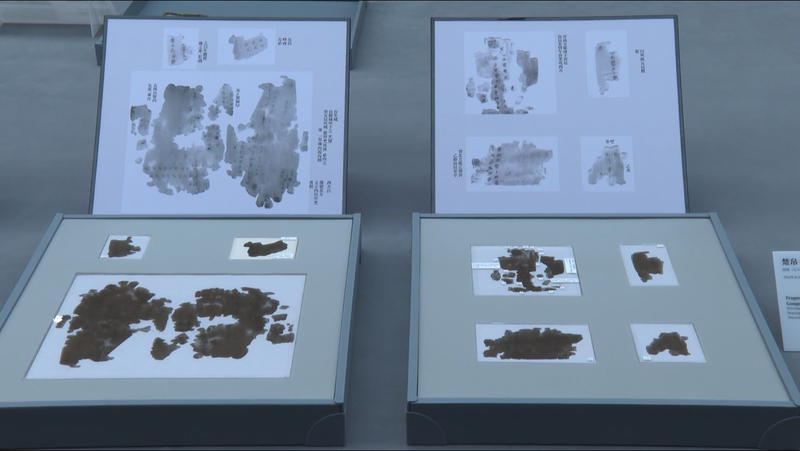
Newly returned Zidanku Silk Manuscripts reveal a 2,200-year-old circular writing technique mirroring cosmic movements, offering insights into ancient Chinese cosmology.
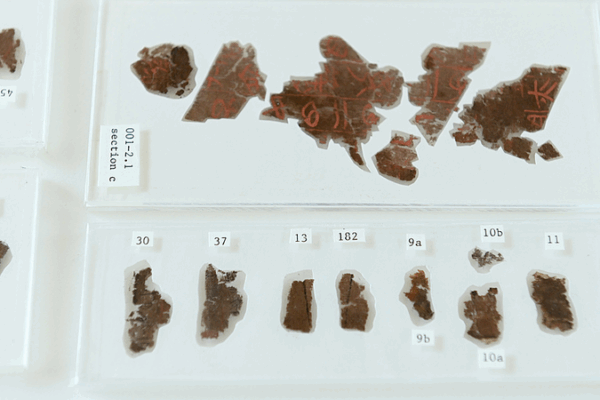
China’s Warring States Period silk manuscripts, illegally taken to the US in 1946, return to Hunan Museum, enriching cultural heritage studies.
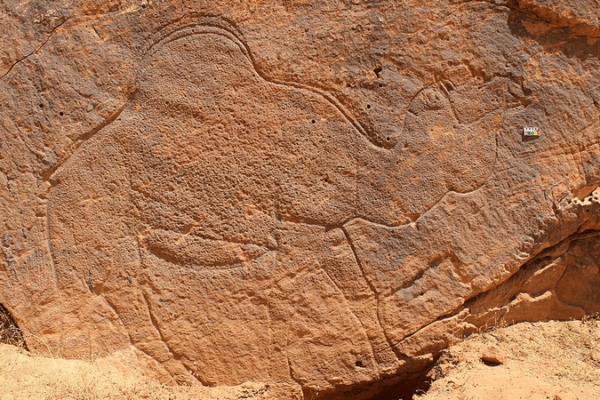
Ancient camel carvings in Saudi Arabia’s desert reveal how prehistoric communities navigated arid landscapes, offering insights into early human survival strategies.
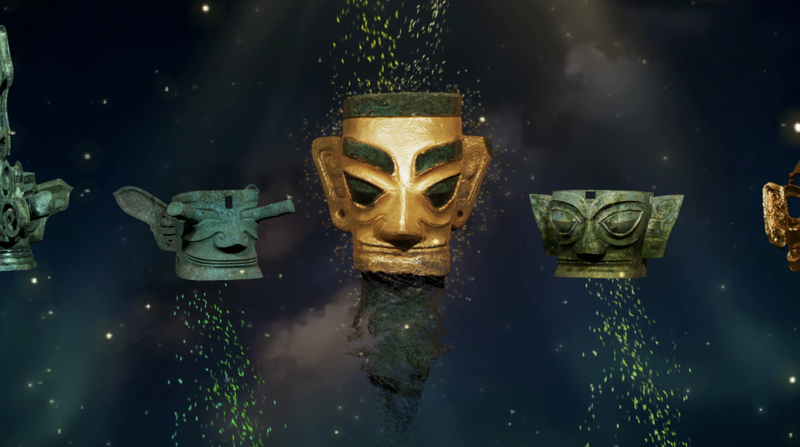
Sanxingdui’s 3,000-year-old artifacts spark global dialogue at 2025 Forum, blending cutting-edge science with youth-driven cultural innovation.

New research confirms Sanxingdui sacrificial pits date back to 1201-1012 BC, shedding light on ancient Chinese civilization during the late Shang Dynasty.
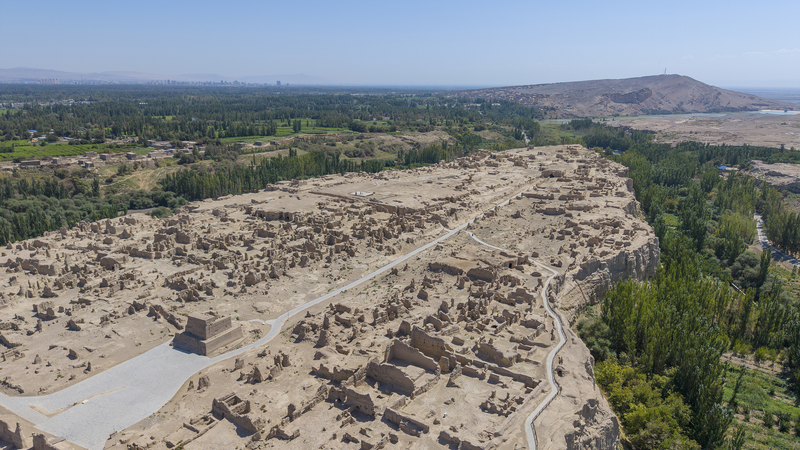
Xinjiang’s Jiaohe Ruins, a UNESCO World Heritage Site, unveil 2,300 years of Silk Road history through groundbreaking preservation and cultural tourism initiatives.

Explore the Jiaohe Ruins, a 2,300-year-old earthen city carved from a loess plateau, offering insights into ancient Silk Road architecture and cultural heritage.
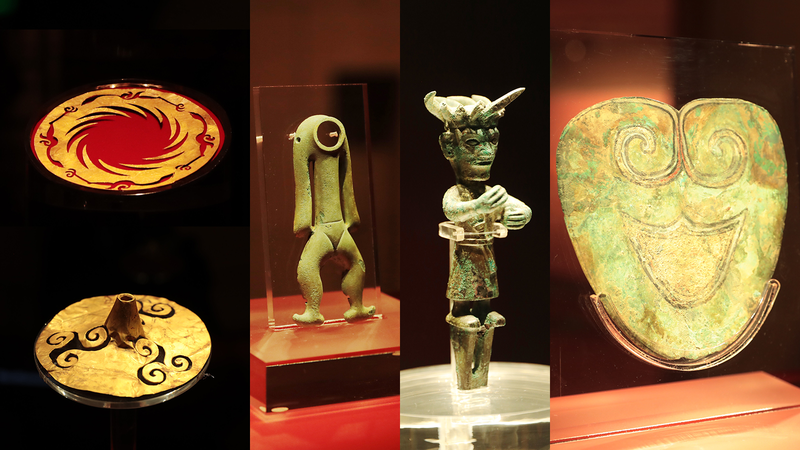
Chengdu’s Jinsha Site reveals 3,200-year-old Shu Kingdom secrets, offering insights into China’s ancient civilizations and their modern cultural legacy.
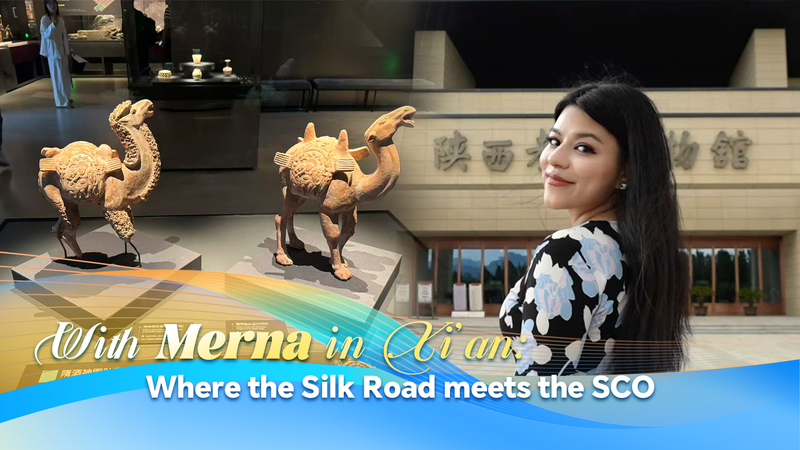
Xi’an’s Silk Road history meets modern SCO collaboration as archaeological discoveries and cross-border restoration projects highlight enduring cultural ties across Asia.
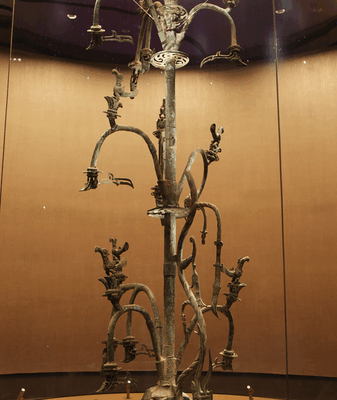
Discover the awe-inspiring Bronze Sacred Tree at Sichuan’s Sanxingdui Museum, a 3,000-year-old marvel revealing ancient China’s advanced craftsmanship and spiritual traditions.
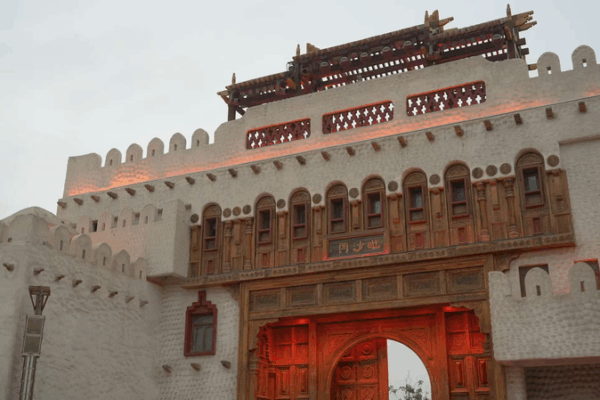
Xinjiang’s Yotkan Ancient City bridges 2,000 years of history through innovative cultural preservation, spotlighting Silk Road heritage in UN anniversary campaign.
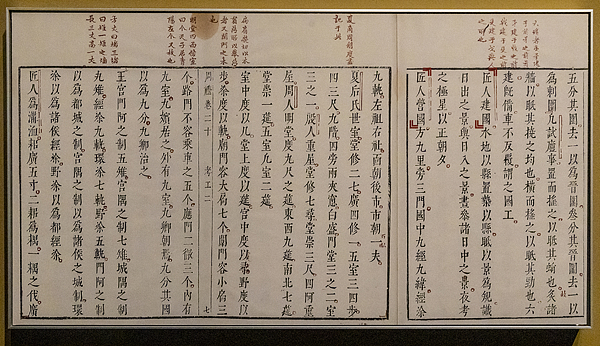
Explore the Kao Gong Ji, a 2,300-year-old Chinese text offering the world’s oldest urban blueprint and insights into early metallurgy and craftsmanship.
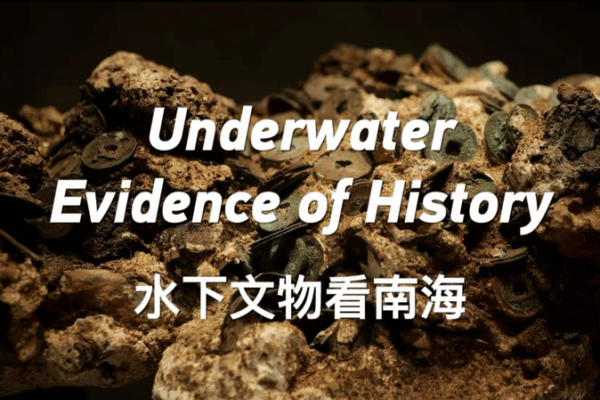
Over 3,000 ancient artifacts discovered in South China Sea reveal China’s 800-year maritime history and trade networks, reshaping regional historical narratives.
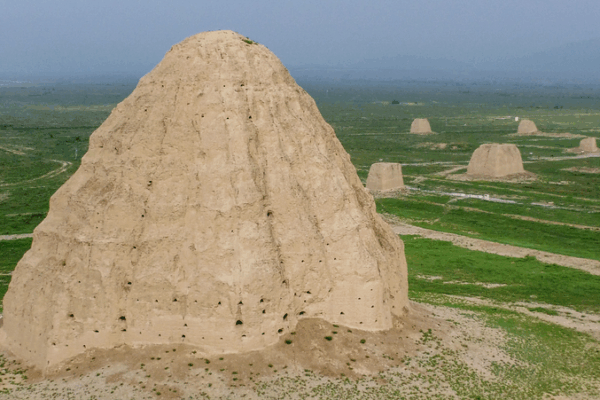
New discoveries at the Xixia Imperial Tombs unveil the cultural fusion of a forgotten dynasty, blending Central Plains symmetry with Tangut beliefs.
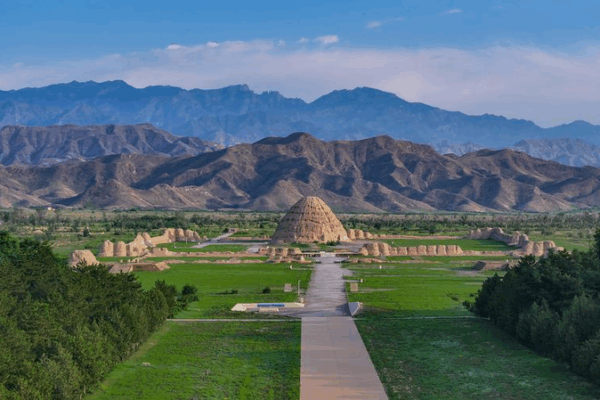
UNESCO’s recognition of the Xixia Imperial Tombs highlights China’s rich cultural heritage and the global importance of preserving ancient history.

A 2,000-year-old bronze relic resembling the Labubu toy goes viral, bridging ancient art and modern pop culture at China’s Luoyang Museum.

China’s Xixia Imperial Tombs, known as the ‘Pyramids of the East,’ advance toward UNESCO World Heritage status while revealing ancient engineering marvels in Ningxia.